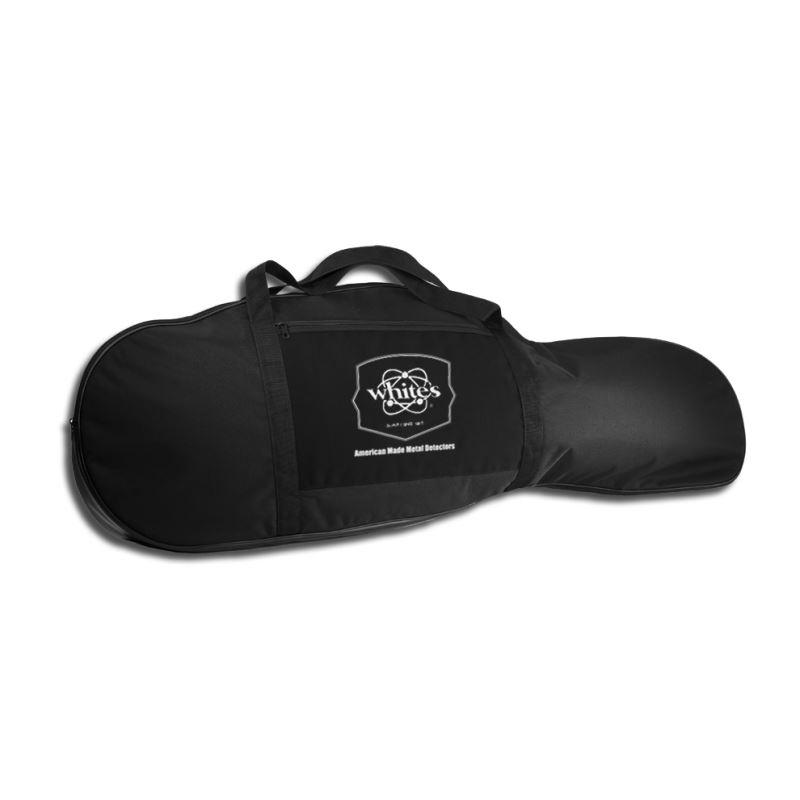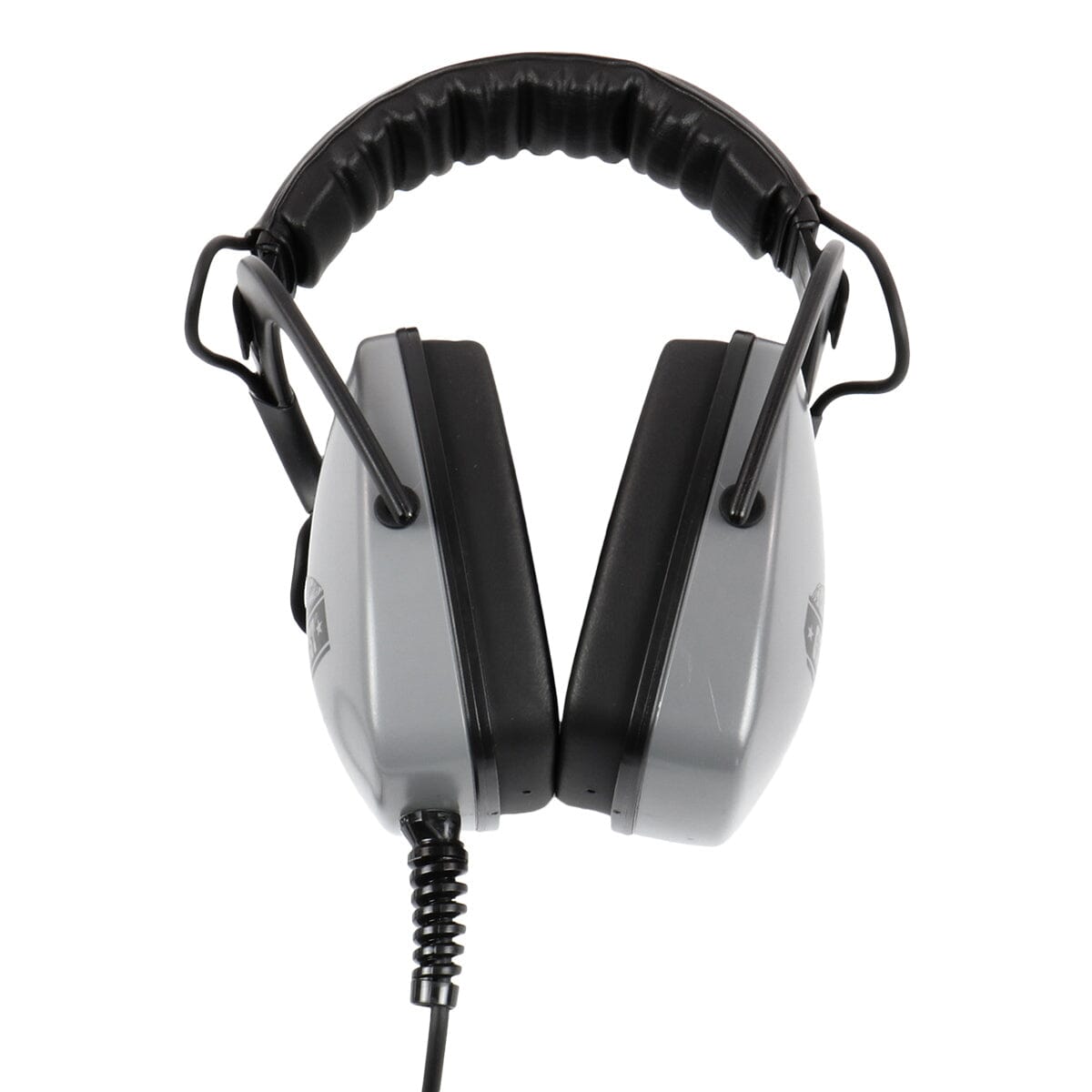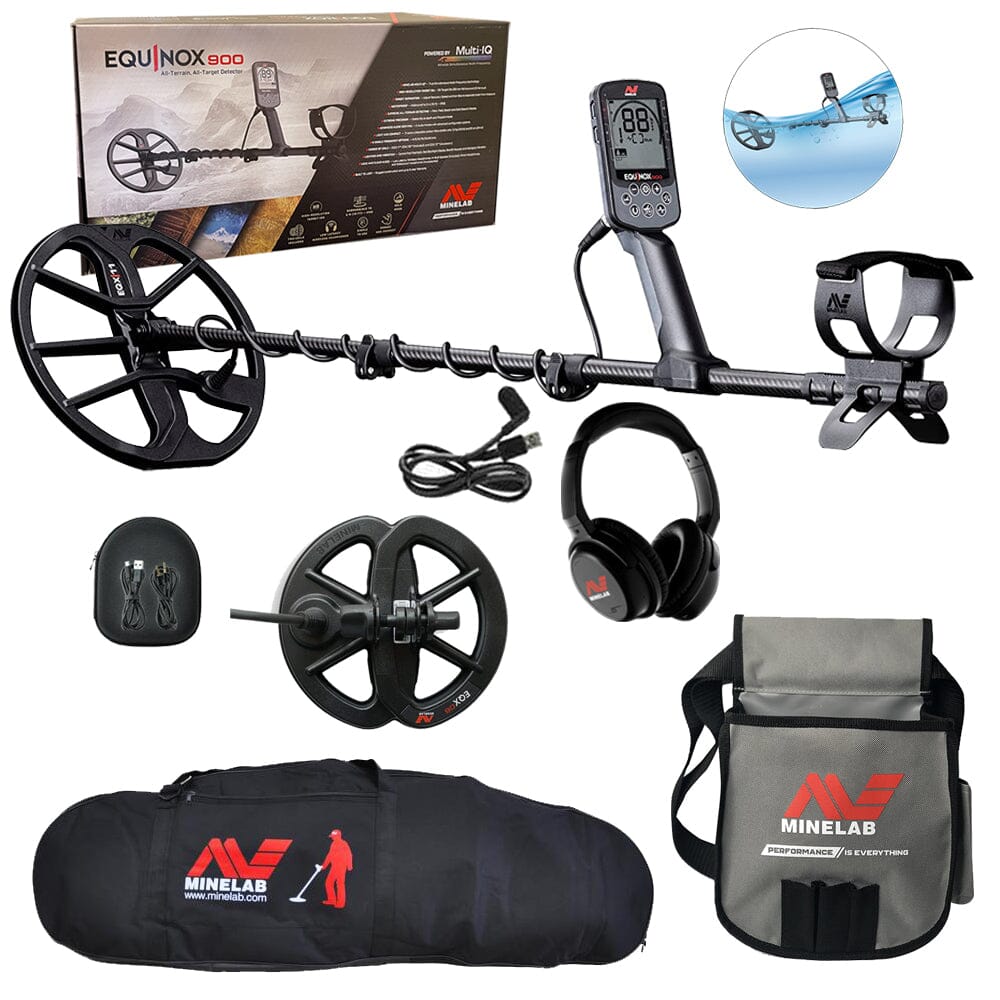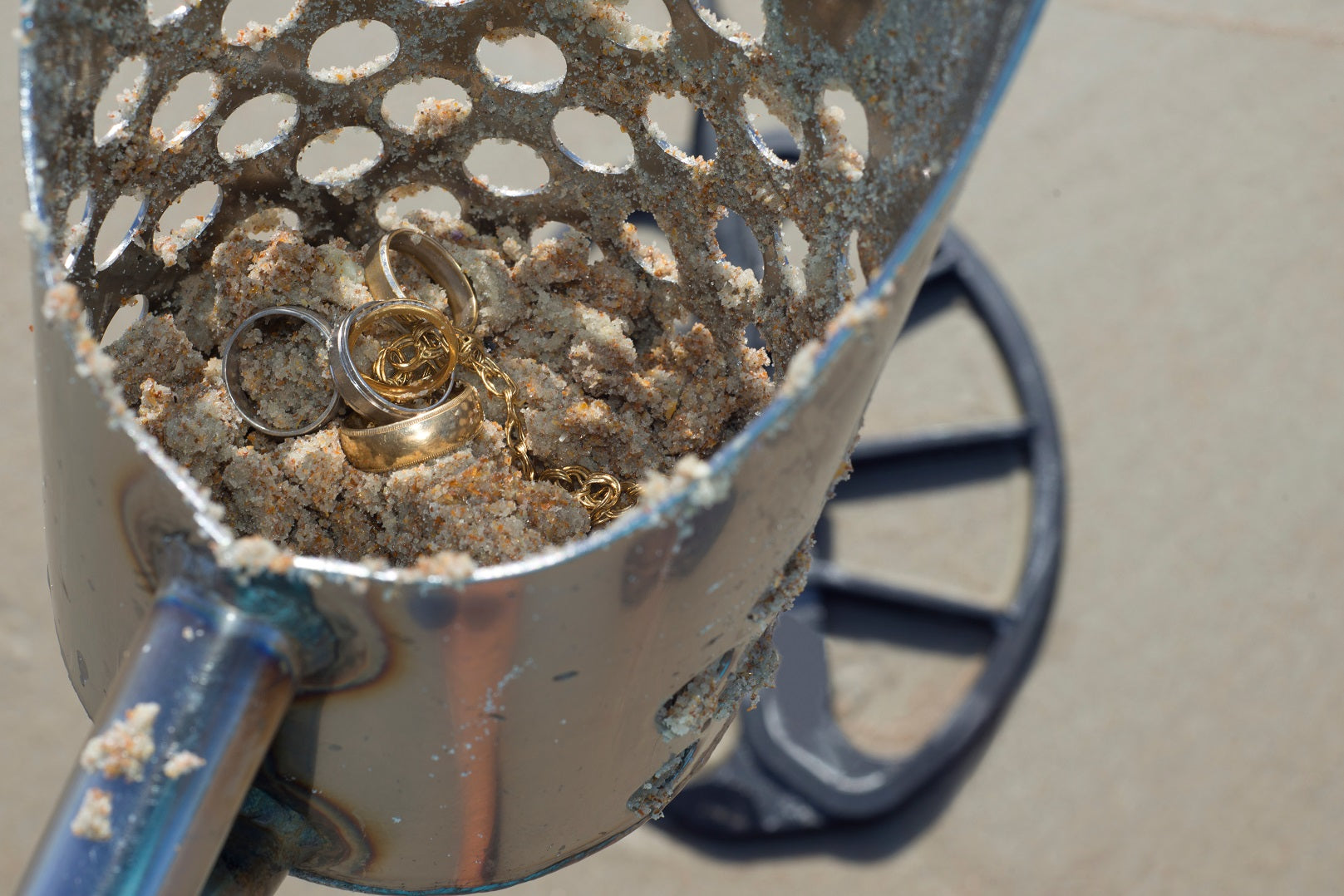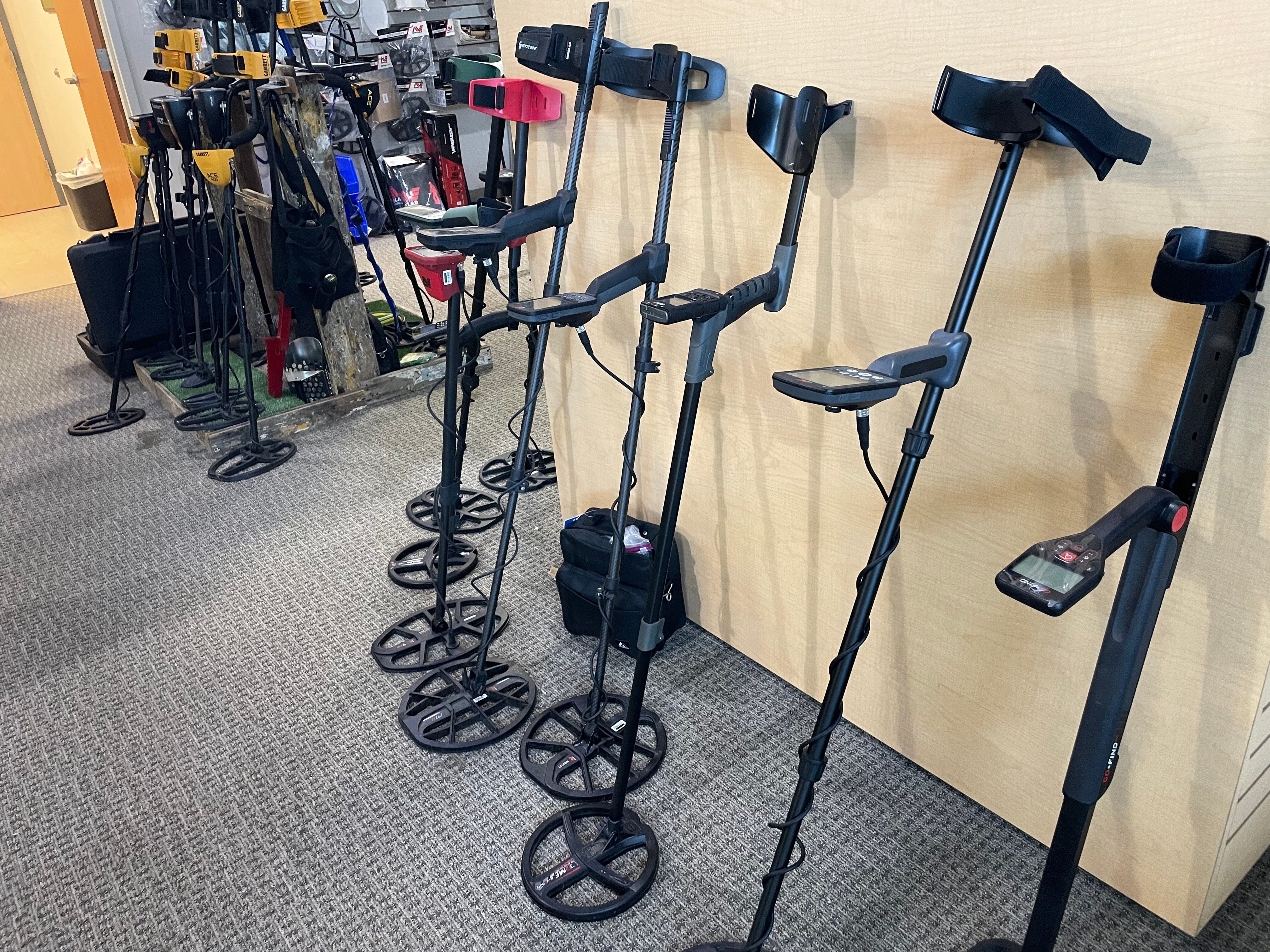FAQ: I am new at prospecting. How and where do you find gold?
This is the first question anyone who has bitten by the bug will ask. Fortunately there is a plethora of information available with a simple Google Search: where to find gold. If you already did that and somehow landed on this site, welcome. I will do my best to make it clear and simple. I will give you several answers that you may hear elsewhere, then I will give you my concise answer as a wrap up to this post (please feel free to skip ahead).
The Old Timer’s Answer
“Gold is where you find it,” you will hear many a old prospectors say. Which is true. But isn’t that true about anything? If something is not where you find it, did you ever really even find it? Is that even possible? For that reason, I don’t like this answer. If, in the answer, you mean you just gotta get out and find it, well, then I guess it is kind of true. Simply put. The first step in going out to get gold is you have to get off your ass and go find it.
The Scientific Answer
In all reality gold is scattered pretty much everywhere. If you believe in science and astronomy then you believe the Earth was formed by a cataclysmic event. The theory: A huge explosion or perhaps a chunk of an impact created the planet we call home. Either way, the elements that make up that chunk of earth were a mangled mass of everything. Churning and moving as the elements settled into place. In some places within this massive hunk of material certain elements were more heavily concentrated. Whether it was because of their atomic weight, attraction to other elements, size, whatever, it collected and settled where it did.
Over time these elements have been moved around via various volcanic activity, the effects of weather, erosion, or any other of Mother Nature’s hands. By “over time” I am talking a period that is virtually unfathomable to humans. I am talking billions of years (about 4.5 actually). Folks, you can’t count to even one billion. That gives plenty of time for things to be moved and shifted all across the globe. Although it concentrated in many places, it was actually spread just about everywhere upon initial impact. So, yeah, gold is where you find it. But, in order to find it in paying quantities, you have to find it concentrated.
Consider this: Every drop of ocean water contains gold. It is measured in parts per trillion though. That makes approximately 20 million tons of gold just waiting to be mined from the ocean. The only problem is it’s practically impossible to mine feasibly. It would be a losing endeavor with any current means of extracting it.
People from California, Colorado, or Arizona get a chuckle when I tell them I own a prospecting shop in Kansas. Their faces contort before they ask the same question they all ask: “Does Kansas even have gold?” The answer is yes. But not in paying quantities. If I want to find gold that is worth mining, I have to travel. I do prospect in Kansas though, because, gold prospecting and gold mining are two different things. Sometimes it is more about getting out into nature and playing in the dirt than it is about making a dollar.
"If I want a dollar I will work for it. If I want some nature, I go prospecting."
The largest gold producing state in the United States is Nevada, producing about 80% of the nation’s gold annually. Although you can do some surface mining of placer deposits, most of the gold is not even visible to the naked eye. It has to be leached from low grade ore using poisonous chemicals. That serves as a good reminder that most gold is not just laying on the surface ready to be picked up some passerby. That has been widely done for several hundred years and much of the easy pickin's have done been picked.
The good news is that most of the gold contained on the earth has yet to be found. Only a small percentage has been. But, that also means that in order to find good gold, you have to roll your sleeves up a little further and get a little dirtier than you did in the past.
Okay, hopefully you understand what I mean. God is out there, you just got to go out and find it. And, it ain’t going to be easy. That is the mistake many prospectors make. They think they are going to strike it rich or even be able to pay for some luxuries with their finds. 9 out of 10 serious prospectors hardly pay for their fuel to partake in the “hobby”. Because, unless you are doing it for a living, that is what it is…a hobby. It’s best to remember that. Don’t do it for the money and you won’t be disappointed.
There are many pieces of equipment, however, that can help you run through gold bearing material quicker to retrieve gold. Panning for gold will help you find where gold is located. You then have to extract it. Panning alone would take you forever. You can spend anywhere from a hundred or two dollars to several thousand. One step up from gold panning would be a sluice box where there is water or an automatic gold panning machine like the one pictured below:
If you want to go big, you can step it up from there and purchase a small scale mining operation like the Camel Mining Product's - American Buffalo Gold Trommel/Desert Fox Combo like pictured below. This machine will chew through gold all day long and keep a small crew of miners busy.
Keep this in mind though:
THESE MACHINES DO NOT MAKE GOLD!
You have to be in a gold bearing area to find gold with them!
My Answer
Okay, Jabber Jaw, you ask, “In a simple (and hopefully less wordy) way, where do you find gold?” Well the truth is, it is not a short answer. And, I cannot tell you specifically or perhaps, rather, I choose not to. I would be a fool to do so. What I can tell you is the types of places you can find gold. This is about all you will get from any real prospector or miner. But it is key in using your time effectively in the field. Willy-nilly walking up and down the shores of a river is a waste of time. Knowing where gold is most likely to be is a good place to start.
Understanding some basic laws of physics with a sprinkle of geology will help get you get on the right spots. Let’s start by learning the two types of gold you will be looking for:
Lode Gold – This is gold that is found in rocks, mountains, etc. It is concentrated gold formed by some sort of geological event. Much of this gold was brought up from deep beneath the earth when tectonic plates shift, causing heat that results in melted rock and metals concentrating and flowing to a place of less pressure (i.e. the surface of the earth). This gold is typically found in veins of companion materials such as quartz.
Placer Gold – Pronounced “plasser” this is gold that was most likely once lode gold. Over time the forces of nature erode and degredate the rock which contained the lode gold until all that is left is the gold. This gold is often further concentrated by the forces of nature, most notably water and gravity (although wind certainly can play a role over time). This is why a basic understanding of a few physical characteristics is important.
This takes the answer to the question a couple different directions, resulting in two separate questions.
First: Where do you find gold in hard rock?

Example of quartz vein in Arizona
Finding visible gold in hard rock can be done, but it is hard. Most lode gold that is visible to the naked eye has been mined. This is because if you see gold in a vein of quartz you dig and dig until that vein runs out – which is often deep under ground. I get countless samples brought into the shop or shipped so I can check them out and see if there is any gold. Many of them have small amounts of gold, like the video I did called Hard Rock Sampling for Gold where we sampled some rock for a customer who had brought some rocks back from an actual gold mine in Colorado. If you read the video description you will get into my estimated math on the grade of the gold content. Without getting into too many details, here is the simple fact: Unless you have visible gold, as a small time prospector, it is hardly worth extracting gold from rocks. Big operations can because of economies of scale.
For instance, the Carlin Trend area of Nevada, one of the richest deposits in the world, has no visible gold. It is low grade. They douse massive amounts of crushed rock with cyanide to suck out the gold and other minerals. It is a very costly and time consuming process. It has to be done on a grand scale to make it pay off. On a small scale, it would be fruitless.
Don’t let that discourage you. Hunting the desert mountainside for veins and trying to find gold can be fun and rewarding. It is quite possible to find visible gold in these veins. You can chip it out and keep it as a specimen or take it home and crush it up using a pneumatic mortar and pestle like the one we sell on our website (the same one we used in our video Rock Crushing For Gold and Backyard Panning). Overtime this hobby can pay off if you just keep accumulating everything you find. Just try to find rock that has some visible gold if you are looking for some sort of financial return, otherwise you are just spinning your wheels. If you are just prospecting and want to find some gold, crush away!
Second: Where do you find placer gold?
Placer gold is usually found in what is known as alluvial materials. These are materials that are washed and moved around by water of some sort. Since much of the U.S. was once covered in glaciers and freshwater lakes, that leaves a lot of space worth investigating. Rivers are always changing courses and you might be able to dig several hundred yards away from an existing river and find the old river channel. If it is known gold producing area, this is a good place to look (if you have an excavator that is). The obvious place to look,and often most easy to access, is the river itself. This is where a good gold pan comes in handy. Before you can mine, you first have to prospect and a pan is the quickest, easiest way.
The Laws of Physics and Gold Prospecting
Don’t worry, I’m not going to bore you…well not for long that is. We are only going to discuss a few terms, and they are:
Density and Mass – Simply put, gold is a very heavy element and its molecules are structured very dense. Heavier than most anything you will find in nature. It is over 18 times heavier than water and about twice as heavy as lead. This is important to know. Gold will always be trying to work its way to the bottom, wherever it is. Also, unlike some of the other material it may be found with, it doesn’t really like to move anywhere but downward. More on that later.
Specific Gravity – Specific gravity is basically a ratio of an item’s weight and mass versus another material. Imagine a heavy granite rock, the size of a softball. Let’s say it weighs two pounds. In comparison, a two pound ball of gold, may be the size of a small baseball (this is just an example, don’t beat me up over exactly how big a 2 lb piece of gold is). Now, imagine a thousand of these softball sized rocks are combined with a hundred of the baseball sized along with tens of thousands of various other sizes of rocks. They are all put into a huge mixing bowl filled with water. They are all mixed up and allowed to settle back down in the bowl. What you would find if you peeled away the sediment, layer by layer, is that the two pound gold pieces could be found in about the same location as the two pound rocks. This is because of specific gravity. In water, items of the same weight tend to hang out in the same spot even if they are a different size.
Now, let’s say that mixing bowl is actually a river and instead of a bowl and the sizes of rocks and pieces of gold are infinite in variation. Knowing about specific gravity will allow you to apply these principles to your hunt for gold. Knowing how to classify material, for example, will help increase your gold recovery. Knowing where heavy materials accumulate on an alluvial plane will help you know what layer of material to focus on excavating.
Fluid Dynamics – Fluid dynamics, or more specifically hydrodynamics is the study of the flow of a substance. In our case, water. Knowing how water flows, and where it takes the materials suspended within that flow, are key to knowing where to look for gold in an existing or ancient streambed. It is one of the key elements for you to find gold hot spots.
“What does it all mean Bazzle?” Well the three things I briefly mention above are the reason gold tends to accumulate where it does. And when you can find that spot, you will soon realize that where you find a little gold you can quite possibly find more. Then, you will find that most of the places you find gold are very similar physically. They are:
Inside Bends of Rivers and Streams (i.e. gravel bars) – When gold travels down a stream (which it doesn’t really like doing) it likes to take the shortest possible route – and that is a straight line. The inside bend of a creek may stand in the way of that trajectory and hang up the gold. Additionally this is where water slows while the faster water shoots around the outside bend. Gold likes to stay still in water. It will find the inside bend, or as we will soon discuss, a spot behind a boulder and just sit there until a flood comes along that is strong enough to move it on down the stream. If it is caught in swift water it will do everything in its power to find a resting place.
Behind Boulders and Large Rocks – Water forms what is called an eddy when it encounters some sort of obstruction in it’s path. This may be in the form of a sunken log, a huge boulder, or some sort of rock outcropping. We’ll use a boulder as an example. An eddy is natural whirlpool type action of water behind the rock. Imagine it as a vortex or a pocket behind the rock where heavy materials tend to accumulate because of their physical characteristics. Imagine is as a little gold safe haven where it can escape from the torrents of rushing water. As gold rushes by this boulder gold accumulates behind it.

Gold accumulating in low spots and cracks. Courtesy of howtofindgoldunggets.com
Low Areas and Cracks in Bedrock – Gold is heavy and it likes to be as low as possible. Starting at the top of a mountain, it may make a lifetime journey to end up in the bottom of a river. Any opportunity for it to sink lower, it will take. If there is a natural low area it will huddle up there until forced out. Cracks in bedrock that run perpendicular to the flow of water are virtual hot spots.
Confluences (a place where two rivers or streams meet) – The action of two rivers meeting in a “Y” or “T” shape is also a good place to look as long as it is not too turbulent. On the downstream side of the intersection below the tributary (the one with less volume that spills into the main channel) there will be an eddy where gold can accumulate. During a drought when the water is really low or if the tributary ever dries up it is prime time to pick around and look for gold here.
Here’s how to prospect for placer gold (finally)
Find one of the places mentioned above. Take some of the sedimentary material (remember, the heavy stuff will be deeper and the lighter stuff will be on top. Gold will be with the heavies). Put that material in a gold pan. Pan it out. If there is gold there, dig deeper and clean out that location as best you can. If there is no gold, keep going. Look only in the places where it is likely to be. Sure, you may find gold elsewhere in the stream, but your odds increase dramatically when you know where to look.
Stay tuned to our blog for upcoming articles and episodes by following us on your favorite social media outlet to stay informed of releases:
YouTube: HighPlainsProspectors
Facebook: @highplainspropsectors
Instagram: #highplainsprospectors
Twitter: @HProspectors
Sources:
Personal Experience
Various Old Timers
So many books on prospecting I cannot even remember their names.
You Might Be Interested In
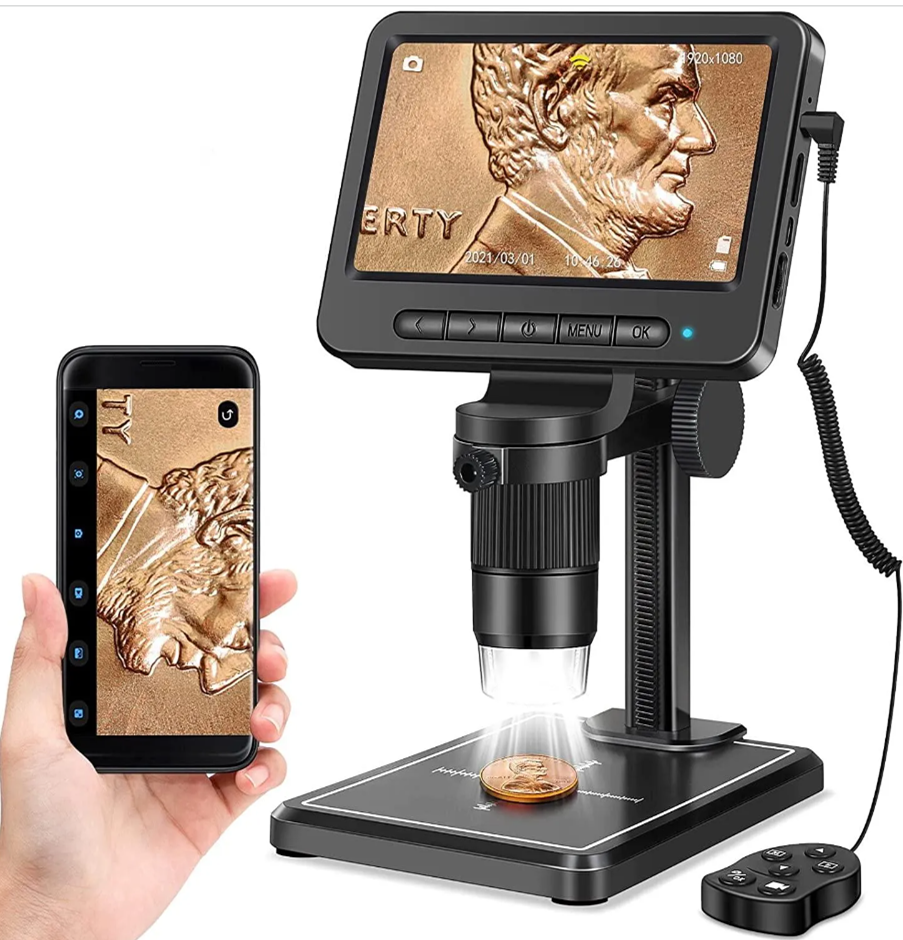
Coin & Relic Cleaning Supplies
Pair text with an image to focus on your chosen product, collection, or blog post. Add details on availability, style, or even provide a review.
- Choosing a selection results in a full page refresh.
